Alright – so today we’ve got the honor of introducing you to Prince De León. We think you’ll enjoy our conversation, we’ve shared it below.
Alright, Prince thanks for taking the time to share your stories and insights with us today. Do you think your parents have had a meaningful impact on you and your journey?
I didn’t meet my parents until I was 18. At the time, I was in foster care and had been since I was 15. I didn’t know what unconditional love looked or felt like, especially within a family. Displacement and impermanence were the only constants in my life back then. When I finally met my parents, everything changed. They gave me a home, resources, and support, but most importantly, they gave me consistency. Having grown up as an orphan, I couldn’t understand why they cared for me the way they did or what they saw in me, especially since we weren’t connected by blood. But that never seemed to matter to them. No matter how much I tested their love, they remained steady, showing up for me again and again. Over time, that consistency and unconditional love became the foundation that allowed me to truly see myself. It gave me the safety to question, to heal, and to explore who I am through my work. Their love created a space for me to unlearn and relearn, to reconnect with my culture and history, and to experiment freely with the materials and mediums that define my art today. My parents’ unwavering presence taught me that stability can be transformative, and that kind of love doesn’t just nurture a person, it gives them permission to become.

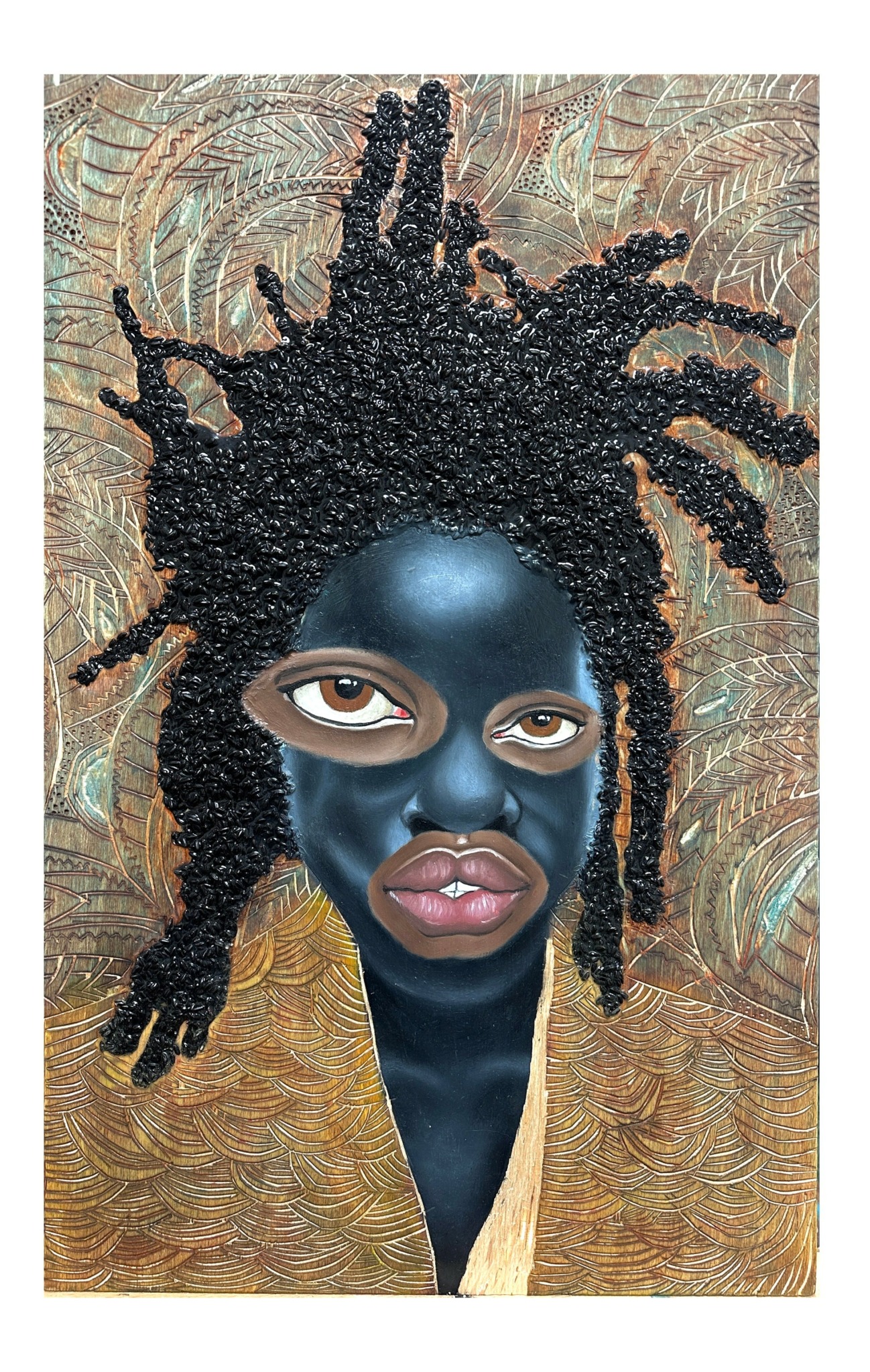
Prince, before we move on to more of these sorts of questions, can you take some time to bring our readers up to speed on you and what you do?
My name is Prince De León, and I’m a Liberian-born, Philadelphia-based visual artist whose practice explores identity, memory, and the nuances of the Black experiences through material experimentation. I immigrated to the U.S. at the age 4 during the aftermath of Liberia’s civil war. Much of my work is rooted in the process of piecing together what was lost or fractured through that displacement. Painting, woodworking and mixed media have become languages of restoration for me, ways to process and honor what has been passed down, transformed, or survived.
I earned my BFA in Painting, magna cum laude, from the University of the Arts, where I was deeply influenced by cross-disciplinary exploration, woodworking, ceramics, film, and social practice all inform my approach to painting. Today, my practice bridges fine art and craft: I create large-scale mixed media paintings that incorporate materials like carved wood, rice, lentils, and resin. Each element is symbolic, rice for sustenance and migration, wood for ancestry and resilience, and resin for preservation and transformation.
My work is also a canvas for processing my experiences as a Black woman navigating the in-between, the liminal space of being both an African immigrant and an American citizen. I often reflect on what it means to carry multiple homes within one body, to belong everywhere and nowhere at once. Through my materials and imagery, I explore that tension: the push and pull of identity, assimilation, and ancestral memory. My paintings hold those contradictions, they cradle both the ache of displacement and the beauty of becoming.
In addition to my personal studio work, I create custom mixed media commissions for collectors and buyers. These works often draw from my own lived experiences and the communities that surround me, transforming shared narratives of migration, identity, and belonging into tactile, visual language. Each commission is an act of collaboration, a way to translate someone’s story or energy into material form, grounded in the same care, symbolism, and craftsmanship that shape my studio practice.
I see art as a communal tool. As a 2025 Black Artist Fellow with Mural Arts Philadelphia, I’ve had the privilege of deepening my connection to the city’s creative ecosystem and to the broader legacy of Black artistry in Philadelphia. Learning how to network with other local artist and connecting with curators like Ginger Rudolph and Imani Roach, has been a great impact. Being part of this fellowship has not only affirmed the importance of my voice as a local artist, but has also allowed me to engage directly with communities whose stories mirror my own. Working as social media and community outreach intern at Scout ltd, the collective of urban developers cofounded by Lindsey Scannapieco, owners of the Bok building in South Philadelphia, has also expanded how I think about accessibility and storytelling in art. Through Scout, I learned the importance of creating work that doesn’t exist in isolation but instead speaks with and to the community around it, honoring the people, histories, and environments that make Philadelphia such a vibrant and layered place
What sets my work apart is its material honesty, historical context and emotional excavation. I don’t separate art from life, my process is as much about transformation as it is about creation. I’m most proud of how my work invites people to see themselves reflected through shared symbols of resilience and beauty. Ultimately, I want people, especially young Black and immigrant artists, to know that art can be both a mirror and a tool for survival. My goal isn’t just to make images; it’s to build archives of feeling, memory, and belonging that speak to our collective story.
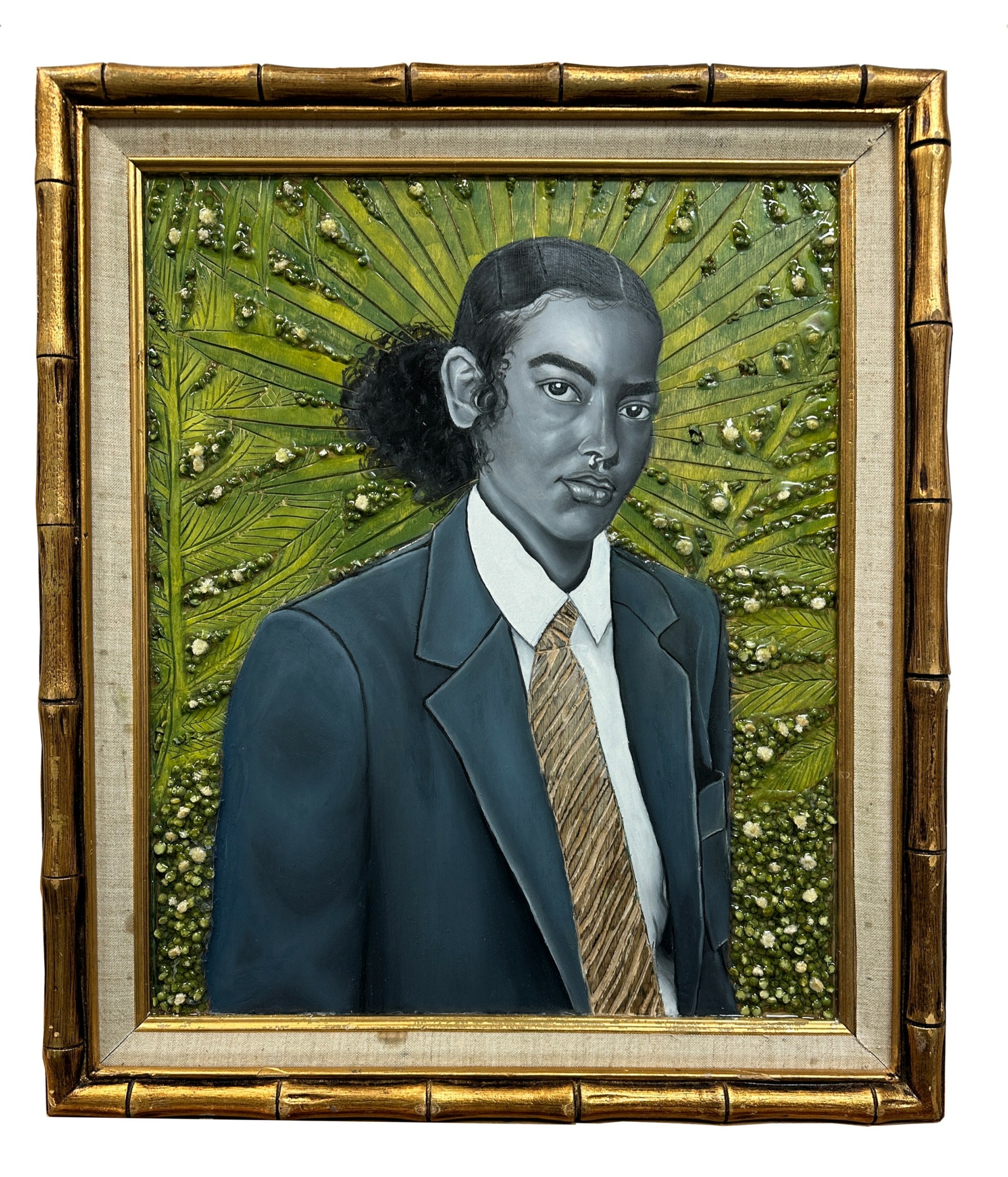
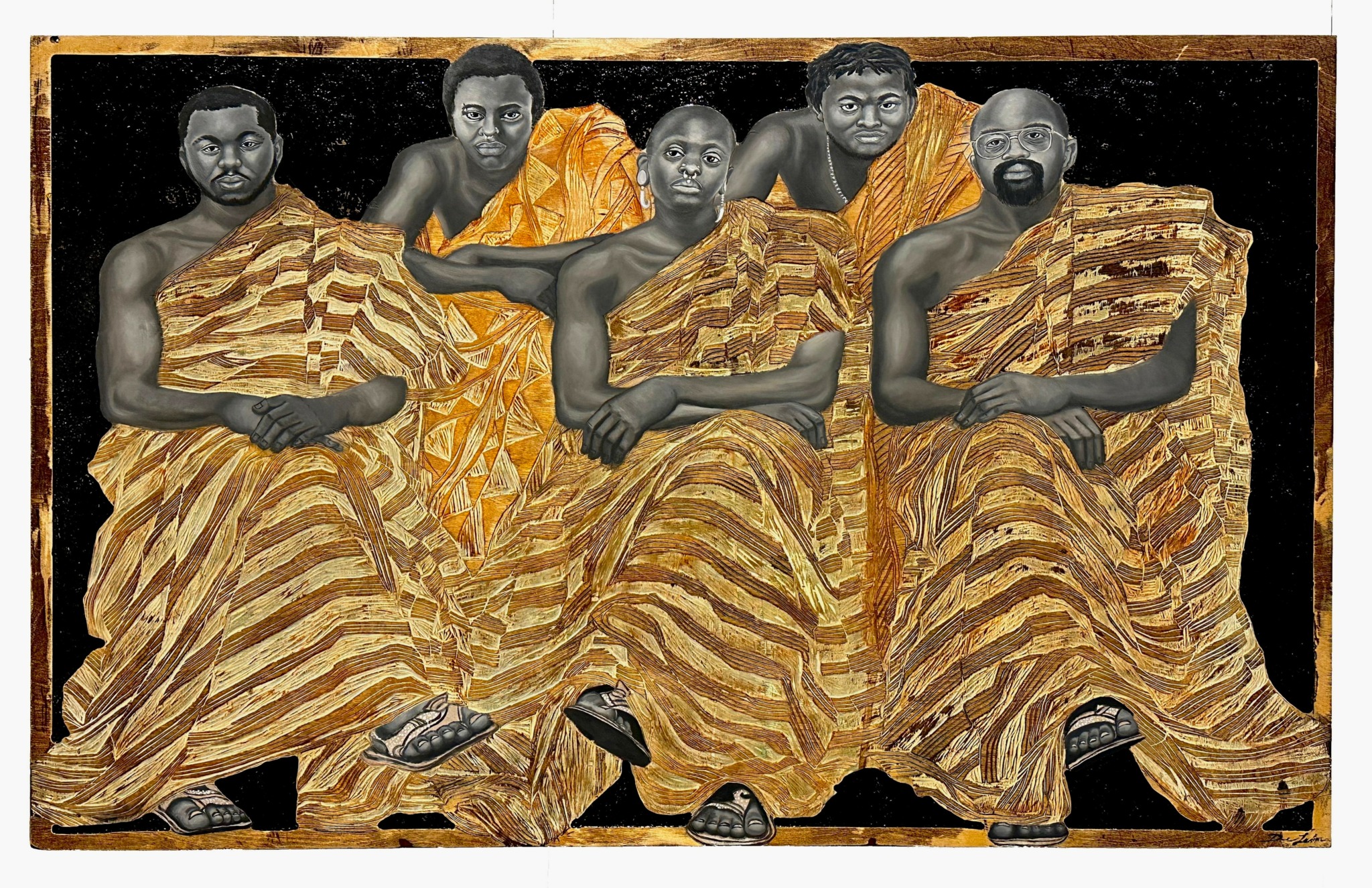
Can you share a story from your journey that illustrates your resilience?
One story that truly illustrates my resilience, and really, my community’s resilience, is the aftermath of the University of the Arts closing. I still remember the moment I heard the news. I had just graduated and was traveling in Arizona with my parents when I got a notification from Instagram. It was a post from The Philadelphia Inquirer with the headline: “The University of the Arts Is Closing.” At first, I thought it had to be a joke or a rumor. I kept scrolling through the comments, waiting for a “gotcha” moment that never came. When I realized it was real, I didn’t know how to process it. I just started laughing in disbelief, it felt surreal. Over the following days, I watched from afar as my peers and professors gathered outside Hamilton Hall, demanding answers, accountability, and basic communication from the administration. But there were none. We were all sent a cold email stating that the last day to retrieve any belongings from the buildings would be June 7th. That was it. No closure, no explanation, just abandonment. The news shattered our community. Professors suddenly found themselves without jobs, students without degrees or clarity about their futures. I was fortunate to have graduated just weeks before, but the loss still felt personal. It wasn’t just a school that closed, it was a home that raised us as artists, that gave shape to our voices. That first year after the closure was hard. My friends and mentors were scattered, and I wasn’t sure what would become of the creative family we had built. But in that uncertainty, something powerful happened. I realized that the institution didn’t make the community, the people did. That fall, a few of us gathered for a potluck at the home of Laura Frazure and Mark Campbell, two of our former professors. We ate, shared stories, grieved, and laughed. It became a space of healing and remembrance. I continued visiting former professors for studio visits, exchanging feedback and ideas, and reconnecting with classmates to share resources and encouragement. Through that experience, I learned that resilience isn’t just about enduring loss, it’s about rebuilding connection. Our community refused to let UArts’ closure be the end of our story. We found new ways to stay in dialogue, to keep creating, to keep each other afloat. In many ways, I became a more disciplined and grounded artist because of it. That chapter reminded me that art doesn’t exist in isolation. It’s born from people who care deeply, who continue to create even when the walls fall down.
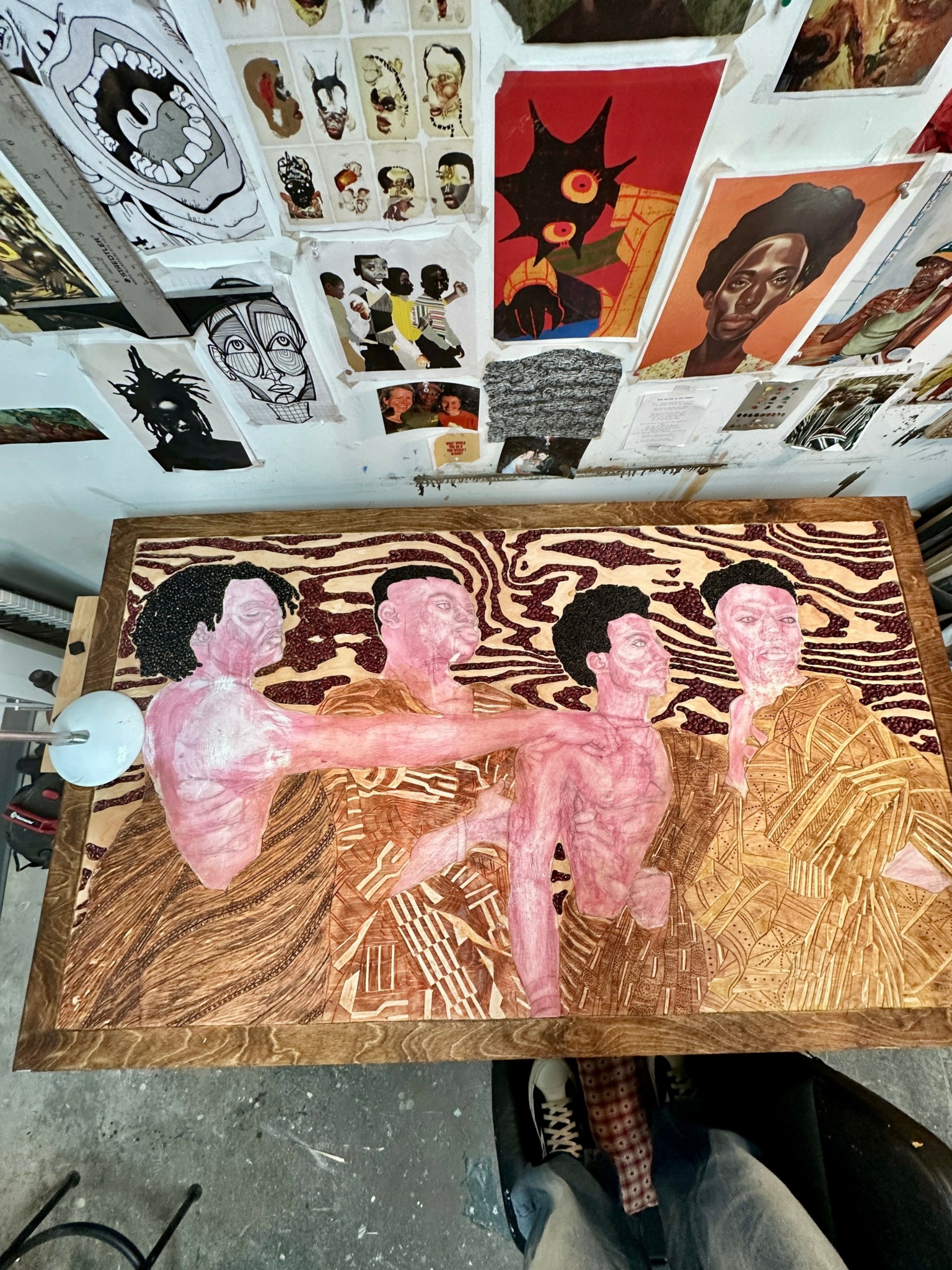
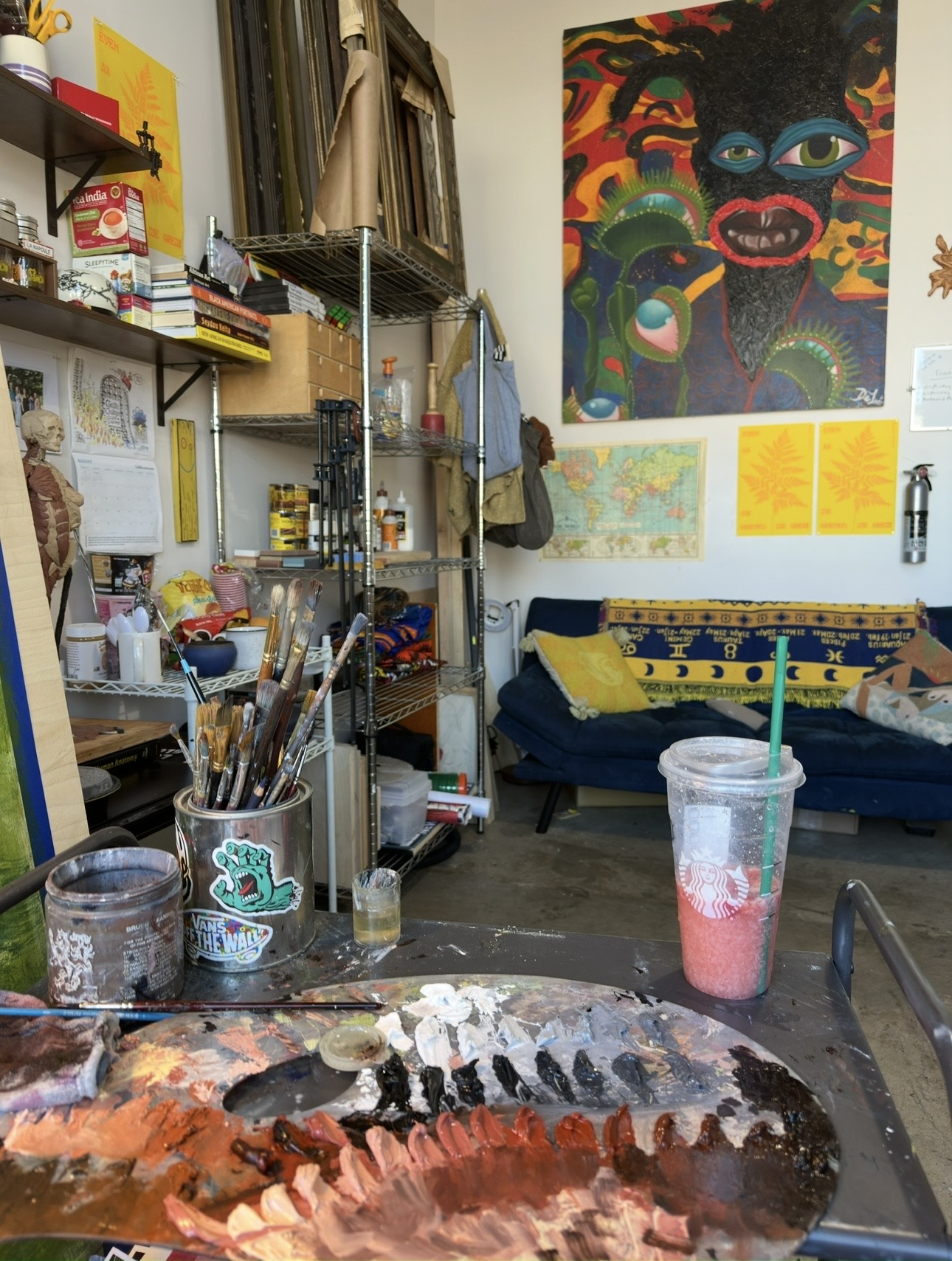
Putting training and knowledge aside, what else do you think really matters in terms of succeeding in your field?
Other than training or technical skill, I believe the most important thing for succeeding as an artist is community. To me, being an artist means nothing without the people who surround you, your family, your chosen family, your peers, mentors, and collaborators. Art doesn’t exist in isolation; it grows from conversation, exchange, and shared experience. Every idea, every brushstroke, is connected to someone or something that shaped you. Community keeps you grounded and accountable. It challenges you to keep questioning, to stay generous, and to make work that reaches beyond yourself. The artists, educators, and friends who have poured into me have taught me that creativity is not just about making, it’s about listening, learning, and responding. Being an artist, to me, is a form of response. You’re constantly in dialogue with the people and world around you, historically, culturally, and emotionally. You absorb what’s happening in your environment and translate it into something that speaks back, whether it’s through healing, critique, or reflection. I’ve learned that my growth as an artist depends on my relationships, with my community, my lineage, and the times I live in. It’s about creating work that acknowledges where I come from and who I’m creating alongside. In that sense, community isn’t just helpful, it’s essential. It’s what gives art its purpose and power.
Contact Info:
- Website: https://princedeleonart.wixsite.com/mysite
- Instagram: p_deleon_
- Linkedin: https://www.linkedin.com/in/prince-de-león-926500327/
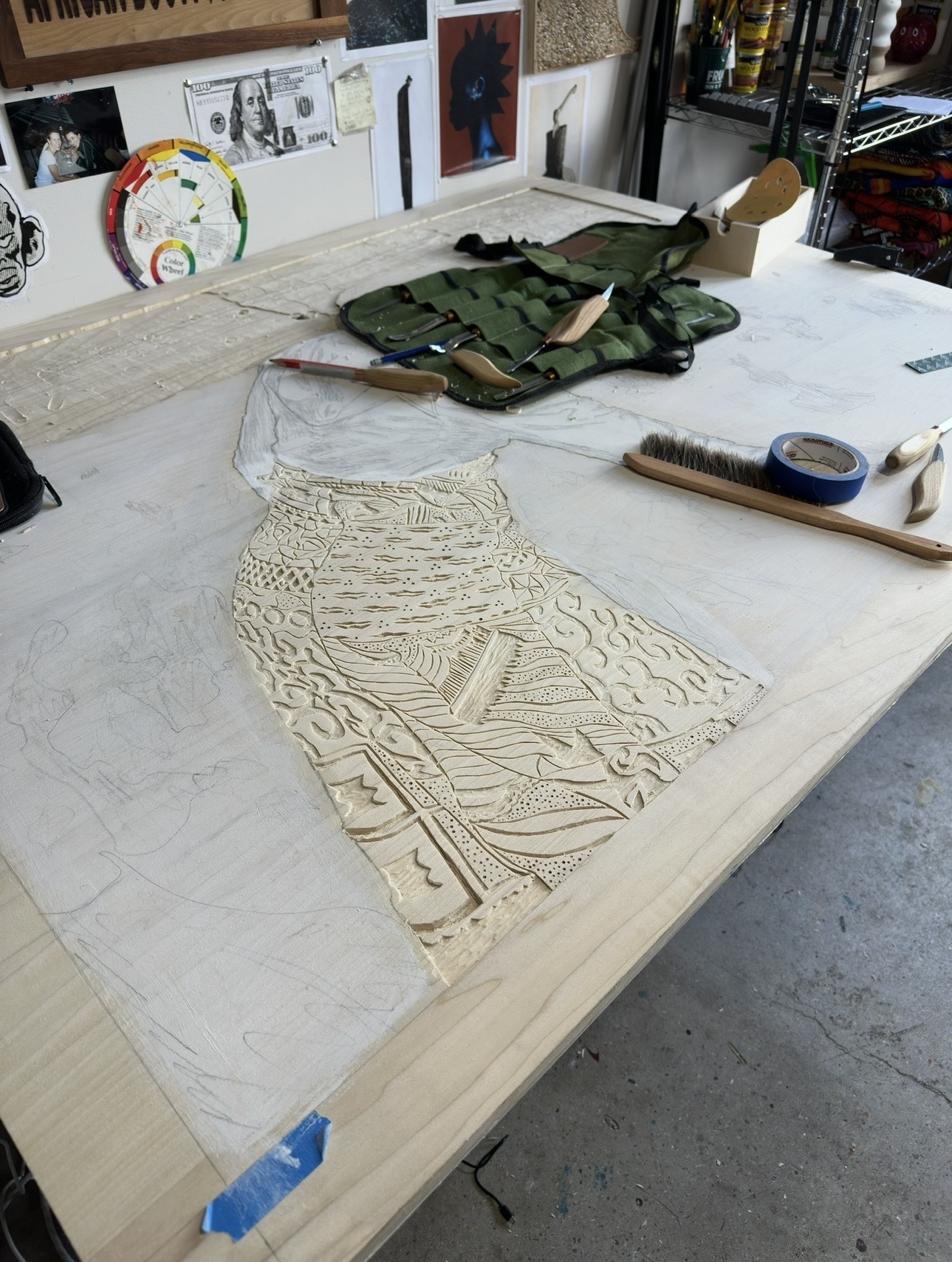
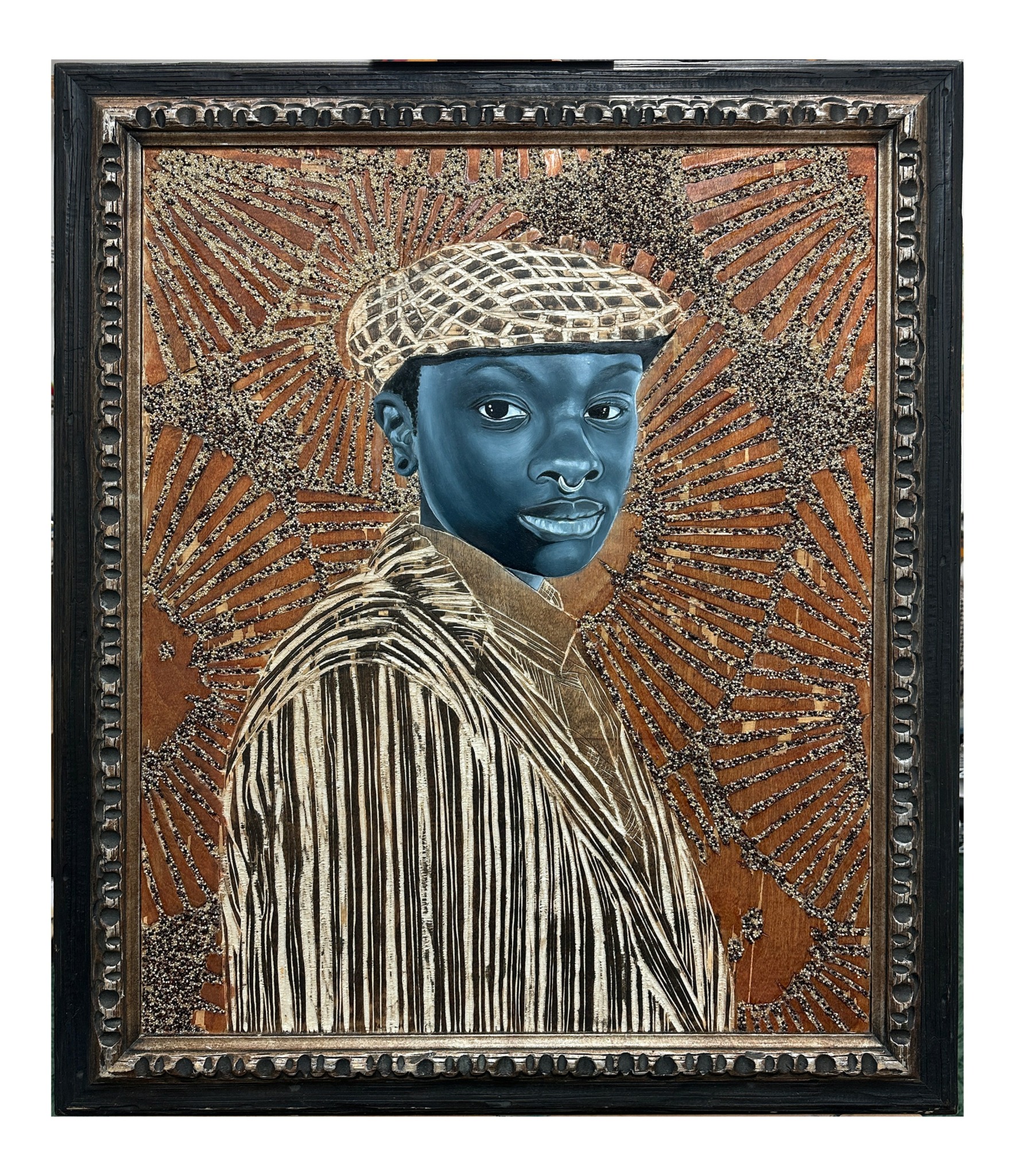
Image Credit:
Main Photo: Shakira Hunt for Mural Arts Philadelphia.


